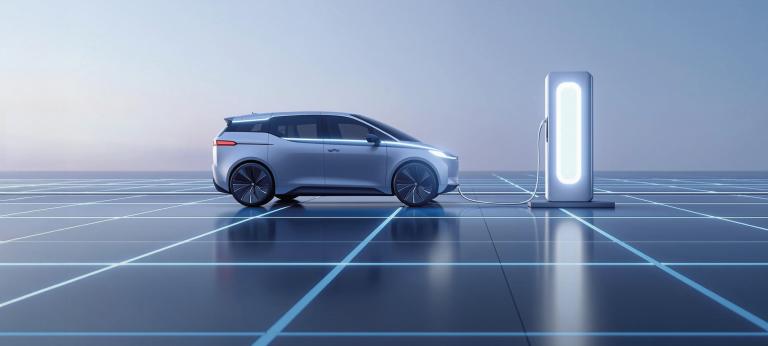EV Charging Index 2025: Steady progress
Despite tough market conditions, global EV use and charging infrastructure showed continued steady growth in 2024. Learn more in Roland Berger’s latest EV Charging Index.


Portugal has made impressive recent progress up our EV Charging Index ranking and now sits well inside the top half, in 12th. Growth in EV sales penetration and public charging infrastructure are comfortably higher than the European averages.

"As Portugal enters a new stage of EV market maturity there is a growing need to rethink the current charging network model."
In 2024, one in three new car sales in Portugal was an EV: comfortably higher than both the European and global averages (both 25%). In particular, pure battery electric vehicles (BEVs) are becoming ever more popular. Since 2021, the share of BEVs within total new vehicle sales has risen from 9% to 20.5%. This 11.5 percentage point increase is more than double the European average over the same timeframe (5.5 percentage points).
There are numerous factors behind this increase, including the acceleration of charging infrastructure deployment, sustained purchase incentives and greater choice among BEV models, particularly from Chinese OEMs.
The expansion of Portugal's public charging infrastructure has broadly matched recent growth in its EV parc. The number of public charging points rose by 50% in 2024, with 38% of them now higher-speed DC charging points – more than double the European average.
However, the overall ratio of EVs to public charging points remains relatively high (24) and is almost double the European average. It comes as little surprise, then, that just under half the respondents in our survey (49%) found Portugal's public charging infrastructure insufficient – above the European average of 43%.
Given the relatively high proportion of DC public chargers, it's slightly more surprising that excessively long charge times are an issue for 54% of EV drivers in Portugal – also above the European average (47%).
As Portugal enters a new stage of EV market maturity, there is a growing need to rethink the current charging network model. Larger, high-capacity charging hubs in strategic locations such as highways and major urban corridors will be key to enabling continued and sustainable EV sales growth.
Meanwhile, more integrated infrastructure planning will also be essential to prevent capacity bottlenecks and avoid disruption in consumer sentiment.
Register now to to discover the latest insights, emerging trends and upcoming challenges in the EV and EV charging markets.